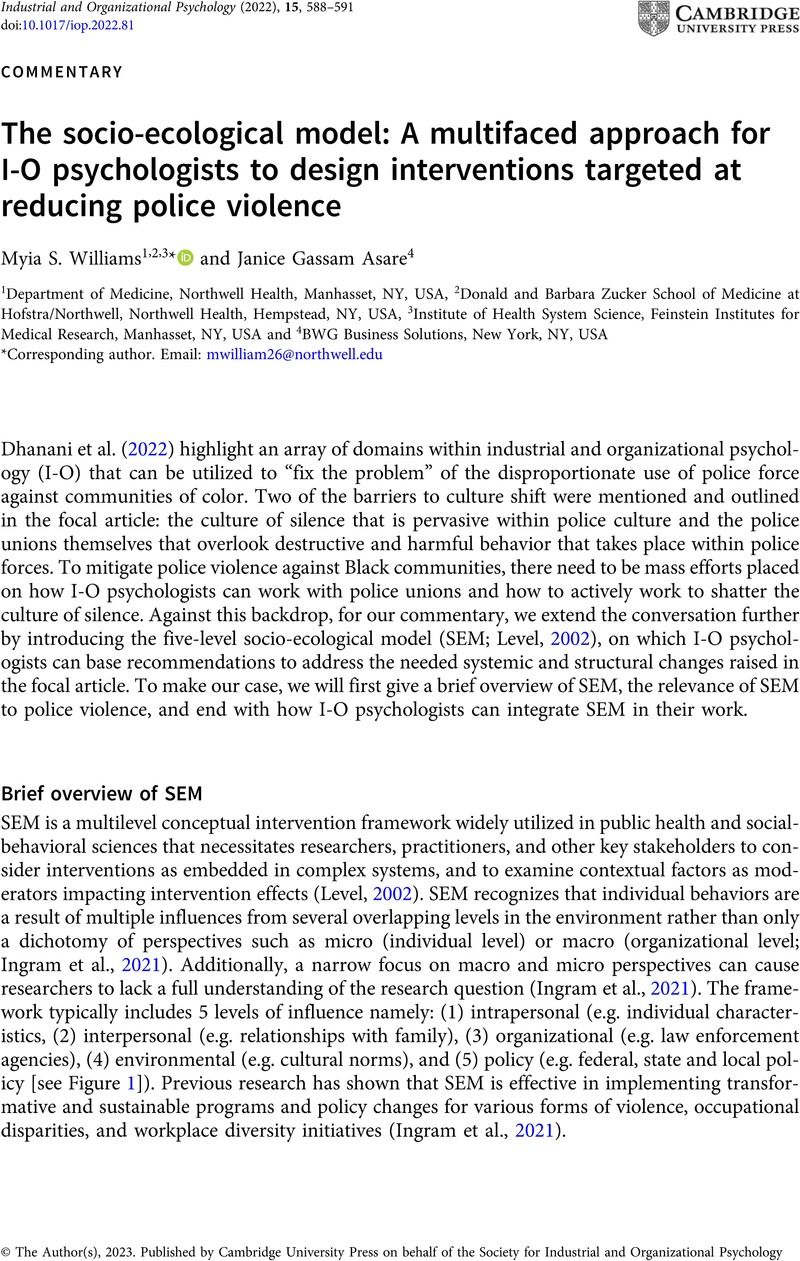Crossref Citations
This article has been cited by the following publications. This list is generated based on data provided by Crossref.
Ofe-Grant, Maulupeivao Betty
Ravenswood, Katherine
and
Macdonald, Fiona
2024.
Reframing approaches to workplace violence towards Pacific homecare workers in New Zealand and Australia.
Journal of Industrial Relations,



